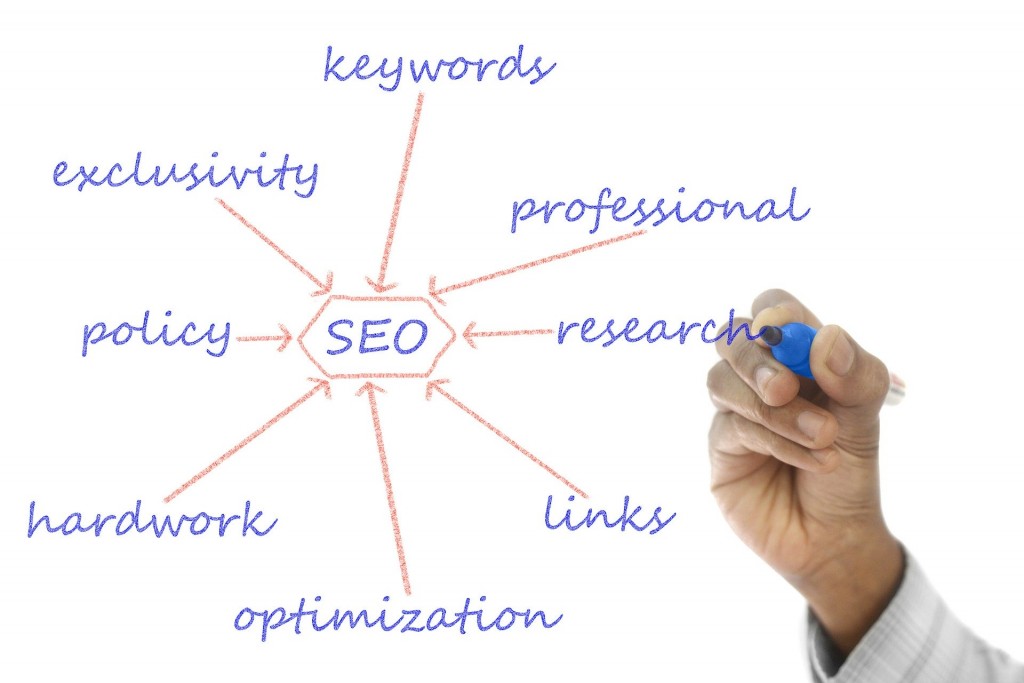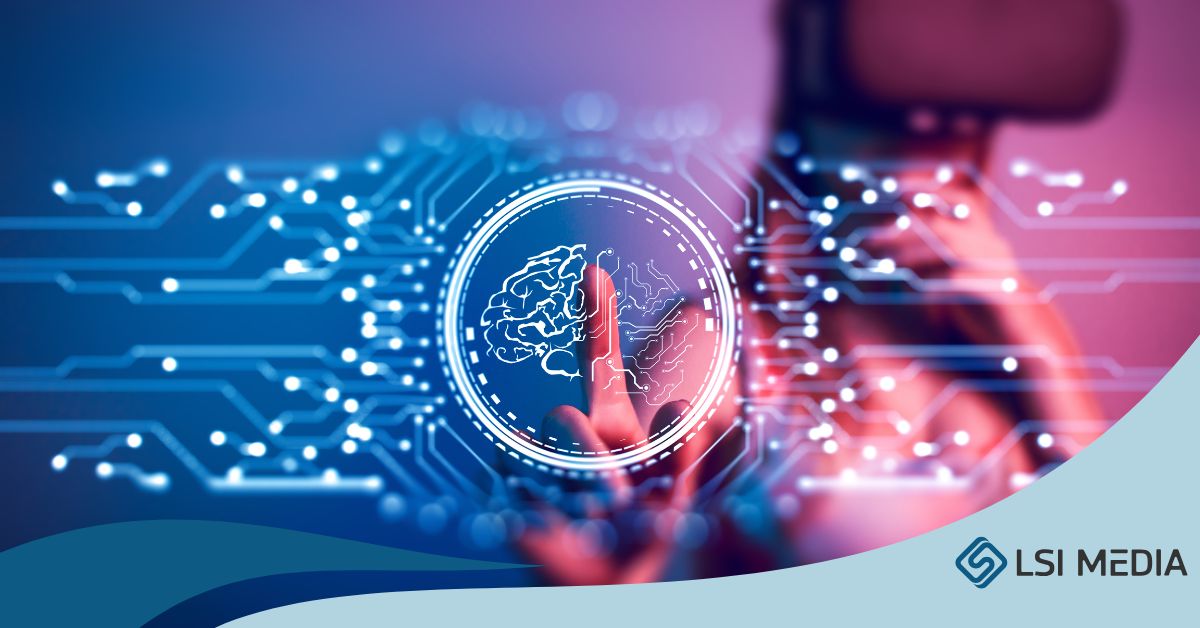[ez-toc]
The Internet of Everything (IoE) represents the next “world-changing” revolution, after the Industrial Revolution of 1750 – 1900, and following the Computer & Internet revolution which started in the 1950s. It is an exciting scenario in which objects, personal devices, and even animals communicate, take Intelligent decisions, and have autonomous actions on their own without human interaction. This revolution will completely transform industrial sectors and the entire world, for all of us, in ways as powerful as the Industrial Revolution and even more. It is our future, and it is happening now.
How is it happening? For an Evolution of Technologies, and with a Revolution of Minds…
TECHNOLOGIES… the Evolution
From a technology point of view, the Internet of Everything definition has evolved from the convergence of new advancements related to the Internet, Wireless solutions, and micro-biochip/sensors.
INTERNET Evolution:
the advent of the latest Internet Protocol (named IPv6) enables an astonishing increase in the address space, which is a key factor for the Internet of Everything. With this new Internet protocol (IPv6), we can now assign a unique identifier to “everything” on the planet… or “to every atom on the surface of the earth, and still have enough addresses left to do another 100+ piles of the earth”.
WIRELESS Evolution:
Once identified with IPv6, all “things” on the planet need to communicate with other “things”. Recent wireless advancements address this need with different types of networks and specific strengths. Low energy short-range networks (e.g. NFC and Bluetooth) for wearables, very-high-speed networks (e.g. 4G LTE) for cars, Zigbee and Wi-Fi -similar technologies for smart homes / smart cities, and vertical solutions for industrial “IoE” scenarios. All of this is for free or at a very low cost.
SENSORS Evolution:
Inexpensive but powerful sensors are one of the biggest enablers of the Internet of Everything. We are experiencing a continuous vertical drop in the cost of electronic sensors, with their proliferation in devices of any kind. This enables “Internet of Everything” cheap devices to become “alive”, increasingly utilizing images, motion, touch, as well as sounds and environment sensors (including new technologies that react to smell, moisture, smart textiles, smart pavement, etc.)
SELF-ORGANIZATION Revolution:
With processing, costs declining by nearly 60x over the last few years, its devices are becoming not just connected but “brilliant” in their ability to decide what to do on their own. New microprocessors are enabling low-cost devices to take actions either independently or with other “things”, in a Self-Organized-Network (SON) flavor. Furthermore, the rich amount of data that devices generate (thanks to sensors) and receive (thanks to wireless) is strengthening this SON revolution, making “things” self-aware, predictive, reactive, and collaborative…READ MORE http://bit.ly/1BVViHI
In Conclusion
The concept of this is a game-changer that showcases the power of advanced technologies and the potential they hold to transform our daily lives. As we have discussed throughout this essay, the Internet of Everything leverages the connectivity of the Internet to link together physical objects, people, data, and processes.
This interconnected ecosystem has the ability to create unprecedented efficiencies, improve decision-making processes, and enhance the overall quality of life. Moreover, it has the potential to impact various industries such as healthcare, transportation, agriculture, and manufacturing. However, we must also acknowledge the challenges that come with this level of connectivity, including privacy concerns, security risks, and ethical considerations.
It is crucial for individuals, organizations, and governments to work together to navigate these challenges and leverage the opportunities presented by the Internet of Everything responsibly. As the future unfolds, it is clear that the Internet of Everything is not just a far-fetched idea, but a reality that is already shaping the world as we know it.
FAQs:
1. What is the Internet of Everything?
It refers to the network of connected devices, objects, and people that interact and share data with each other. It encompasses the expansion where not only devices are connected, but also individuals and their behaviors are integrated into the network.
2. How does the Internet of Everything work?
It works by connecting various devices, such as smartphones, wearables, and household appliances, to the Internet. These devices communicate and share data with each other, allowing for automation, remote monitoring, and control of various aspects of our lives. Data collected from these devices is analyzed and used to make informed decisions and improve efficiency.
3. What are the main technologies driving the Internet of Everything?
The main technologies driving the include:
- Wireless networks: Wi-Fi and cellular networks enable devices to connect to the internet.
- Cloud computing: Cloud platforms provide storage, processing power, and data analysis capabilities for IoT devices.
- Big data analytics: Analyzing large volumes of data allows for insights and decision-making based on patterns and trends.
- Artificial Intelligence (AI): AI enables machines to simulate human intelligence and perform tasks such as speech recognition and image processing.
4. How does the Internet of Everything impact our daily lives?
It has the potential to revolutionize our daily lives. It can improve efficiency and convenience through smart homes, connected cars, and personalized healthcare. It has the power to transform industries such as transportation, agriculture, and manufacturing, leading to increased productivity and cost savings.
5. What are the benefits of embracing the Internet of Everything?
The benefits of embracing include:
- Improved efficiency: Automation and connectivity optimize processes, saving time and resources.
- Enhanced productivity: Smart devices and data-driven insights enable informed decision-making and streamlined operations.
- Cost savings: IoT devices can help reduce energy consumption, decrease maintenance costs, and prevent equipment failure.





















